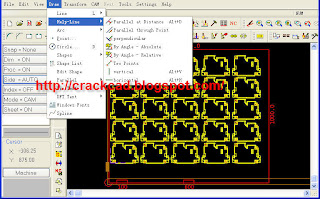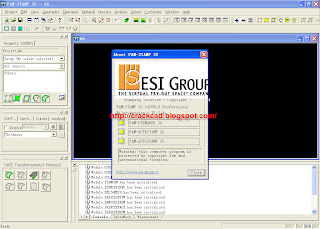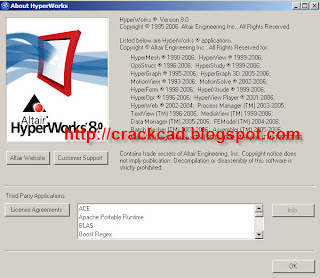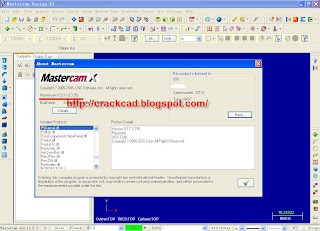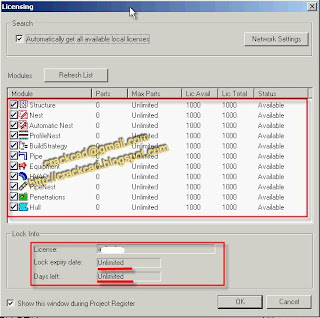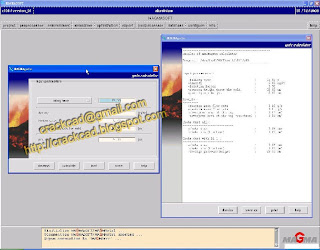
The new version of MAGMA's casting simulation software, MAGMASOFT. ®. 4.4, has. been available since early 2006. ... supported by MAGMASOFT. ®. through a presentation composer. The composer. allows to create 3D objects and export
MAGMASOFT® is a comprehensive simulation tool for the technological and quality focused production of castings. Its simulation capabilities show you the way by providing a better understanding of mold filling, solidification, mechanical properties, thermal stresses and distortions, and much more. Fully menu-driven with an integrated solid modeler, CAD interfaces and extensive databases, MAGMASOFT® provides a complete solution for your design, production and quality departments.
MAGMASOFT® helps you to avoid gating and feeding problems, predict casting quality, aids permanent mold design and reduces fettling costs.
MAGMAsteel
The MAGMAsteel module provides extended capabilities to support the entire manufacturing route for steel castings, from layout through heat treatment, production planning and methoding.
MAGMAlpdc
MAGMAlpdc is designed to perform a comprehensive process simulation for the low-pressure die casting process. MAGMAlpdc takes into account all process factors which affect the heat and fluid flow and casting quality.
MAGMAlpdc can provide information about the following: • The die filling based on furnace pressure • The feeding conditions in the casting during solidification taking into account the applied pressure and resultant metallostatic pressure and gravity • The effect of individual cooling or heating channels as well as their control • The effect of die spraying or coatings • The influence of cores or inserts • The effect of the sequence of die opening and closing through the individual control of each die section
Convection and Segregation MAGMAsteel uses the latest models to calculate the velocities and pressures of the metal, in both the liquid melt and mushy zone, due to thermal and solutal natural convection. The effects of this flow on the thermal map in the solidifying casting are taken into account. The calculated velocities are also coupled with an advanced microsegregation model for the dendritic scale, to track the redistribution of the elements in the alloy and predict macrosegregation.
Heat Treatment MAGMAsteel calculates heat transfer during the heat treatment process based on the changing conditions during austenitization, quenching and tempering. The analysis provides a prediction of the local microstructures and mechanical properties throughout the casting.
MAGMAhpdc
MAGMAhpdc provides a comprehensive simulation of the High-Pressure Die Casting (HPDC) process using detailed process and boundary conditions.
In MAGMAhdc all important parameters influencing heat flow and the die thermal balance of the die can be considered, such as : • Ejection time • Die opening sequence • Delay time (simulating effect of cycle interruptions on the thermal balance)• Die closing sequence• Less time until the beginning of the next cycle• Individual control of each cooling or tempering channel • Definition of die spraying procedure• Venting and vacuum• Local squeezing definition
MAGMAhpdc also supports the setup of shot sequence by a comprehensive shot calculator module, considering the casting demands and the die casting machine capabilities. The shot calculator provides information for the simulation setup of the recommended first and second phase shot profile.
MAGMAwheel
MAGMAwheel is designed to perform a comprehensive process simulation of the low-pressure die casting process for wheel castings. The module takes into account any major heat and fluid flow relevant process and boundary condition. The functional range of the module MAGMAwheel corresponds essentially with that of the module MAGMAlpdc.
Main objectives of the module: • Definition of filling condition either as function of furnace pressure or applied at the gate, as function of time or flow rate. • Separate definition of pressures for filling within the tube and within the casting. • Definition of applied pressure time during solidification • Calculation of feeding conditions within the casting as function of gravity, the applied pressure and the actual metallostatic pressure.
MAGMAiron
The MAGMAiron module uses a microscopic kinetic growth model, which predicts the solidification sequence of cast iron alloys. Based on the alloy composition and the applied metallurgy, MAGMAiron predicts the type and amount of graphite (grey, ductile or compacted iron) formed and gives an accurate simulation of competing graphite expansion and solidification contraction forces through which shrinkage and porosity are determined. This also allows the prediction of the final microstructures and mechanical properties in the casting.
MAGMAiron supports the foundryman by: • determining the effect of any risering and gating system design on the casting quality • removal or adjustment of features such as chill • provides "maps" for the variation in mechanical properties through out the casting • supports improved inoculation treatment in relation to alloy composition







